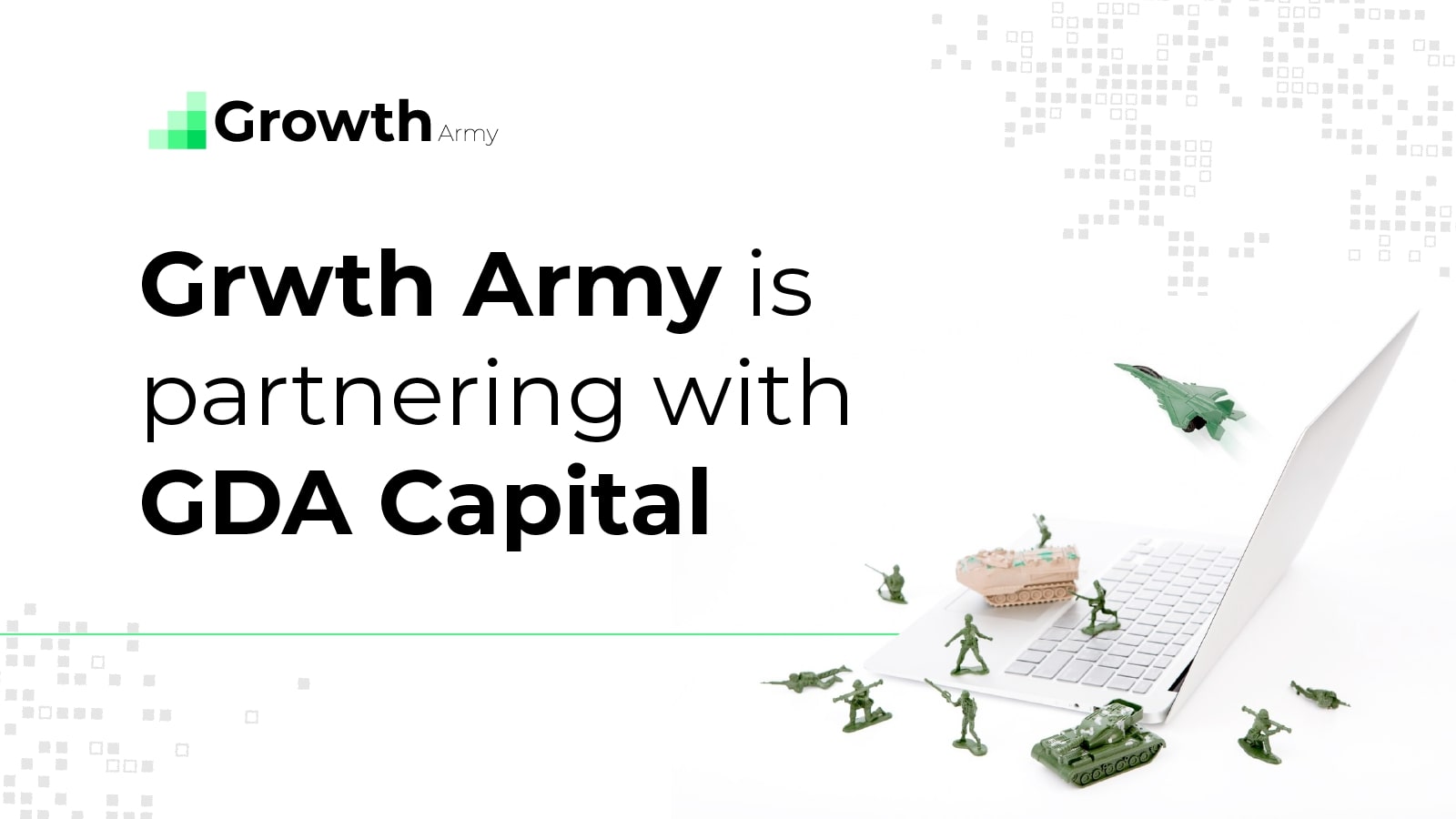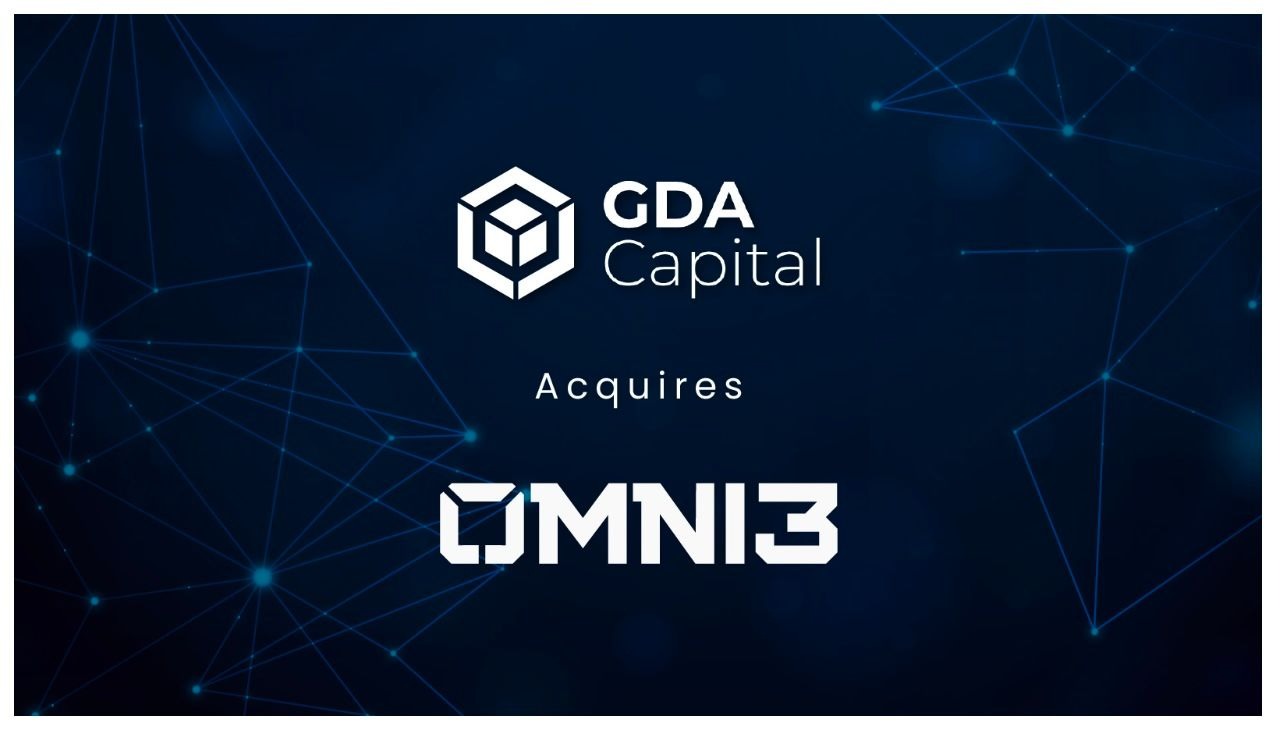Welcome to the 52nd edition of ‘The Digital Asset Digest’. Today, we outline what Bitcoin’s Taproot update will bring to the table and present to you our token of the week.
SNIPPETS
Dogecoin Tops XRP as Its Market Cap Swells to $72 Billion
Source: U.Today
“Joke cryptocurrency Dogecoin continues its shocking ascent, now surpassing Ripple-affiliated XRP by market capitalization for the first time since 2014, according to CoinMarketCap data. Back then, both of them were below such Nxt, Dash, and Peercoin.”
The Reason for Ethereum’s Recent Rally to ATH According to Changpeng Zhao
Source: Crypto Potato
“Commenting on the most recent surge in ETH’s price, Changpeng Zhao gave his reasoning as to why there’s currently a strong demand.”
Coinbase Enables Tether Stablecoin Trading for All Users
Source: Blockworks
“Everyone but New Yorkers can now trade Tether on Coinbase, the US’ first publicly-listed digital assets exchange, the company announced in a release. “
Blockchain trading platform INX completes $125M SEC-approved token IPO
Source: Coin Telegraph
“INX Limited has completed the first-ever Securities and Exchange Commission-approved token sale event via an initial public offering.”
Filecoin Launches Decentralized Storage Service for NFTs
Source: Decrypt
“Decentralized storage protocol Filecoin has announced a new free service called NFT.Storage, touting it as a future-proof method of preserving non-fungible tokens’ (NFTs) metadata and content off-chain.”
TOP GAINERS

TOP LOSERS

INDUSTRY WIDE SNAPSHOT

INDUSTRY UPDATE
What is Bitcoin’s Taproot Update?
The Bitcoin network is poised for its biggest update in over four years, as the community moves to adopt “Taproot.” If activated later this year, the Bitcoin network is expected to become more secure, private, and cheaper to use. Here’s what you need to know about this incremental update to the world’s most popular cryptocurrency.
What is Bitcoin Taproot?
Taproot is a Bitcoin soft fork that changes the way signatures are implemented on the network. It switches the network from Elliptic Curve Digital Signature Algorithm (ECDSA) to Schnorr cryptographic signatures.
That sounds complicated and technical, but what it essentially means is that a set of multiple digital signatures can be combined into one. This has several advantages. For one, it makes transactions cheaper and faster since only one master signature needs to go through. It also makes it easier for users to obfuscate their identities or the number of participants in any trade, leading to greater privacy for everyone.
Some experts also believe that the Taproot update will allow users to create smart contracts on the Bitcoin network. That could greatly enhance the trillion-dollar network’s utility over the long run.
What happens now?
This week marks the commencement of the so-called “Speedy Trial.” It’s a three-month period where Bitcoin miners have a chance to signal support for the network upgrade. They must do this by mining a special Taproot block on the blockchain and signaling their intent to upgrade. If enough miners signal support (over 90%), the activation is implemented by November 2021.
However, at the time of writing roughly 13% of the blocks mined did not signal Taproot activation. This means the upgrade won’t be implemented in the current period. However, it could be implemented in the next block cycle.
Several key figures in the tech and crypto community have signaled their support for the upgrade. Twitter CEO Jack Dorsey tweeted about the fork and expressed support earlier this week. Evangelist Andreas Antonopoulos claimed he would upgrade his nodes for the update and Charlie Shrem gave the developers a shout out. It seems Taproot has enough demand and traction to eventually get adopted, even if the current Speedy Trial doesn’t go through.
Final Thoughts
Bitcoin’s 12-year-old network needs incremental updates to stay on the bleeding edge of digital assets. Previous updates and innovations, such as the Lightning Network, have had incredible success and helped make Bitcoin a mainstream asset.
The current update, Taproot, could make transactions faster, more efficient, and more private for users across the network. Miners have three months to signal their participation, in which case the update is implemented by the end of the year. Several influencers in the community have expressed their support. Taproot highlights the community’s need for a more streamlined and capable Bitcoin network.
Track the update here: https://taproot.watch/
ENTERPRISE APPLICATIONS
3 Emerging Enterprise Use Cases for Blockchain technology
The underlying technology of the world’s most popular cryptocurrencies could be used for applications that stretch beyond store of value and investments. Blockchain technology has several enterprise use cases that make it invaluable in the modern economy.
Here are the top three most intriguing blockchain enterprise applications that have emerged in recent years.
Payment settlements
Global payments giant Visa announced a pilot project to use stablecoins on the Ethereum network to settle transactions. The project intends to use U.S. Dollar Coin (USDC), a cryptocurrency pegged to the U.S. dollar in a 1:1 ratio, as the intermediary between two fiat currencies on the Visa system. The Visa system handles transactions worth billions of dollars across 200 countries every single day. This means this pilot could morph into a bigger part of the global payment network if successful.
The pilot could also prove blockchain technology’s viability as a transaction layer that is more efficient or less expensive.
Bond issuance
Borrowing money is another blockchain use case that emerged this year. The European Investment Bank (EIB), the lending arm of the European Union, used blockchain technology to issue €100 million ($121 million) in two-year digital notes for the first time last week. This transaction was completed on the Ethereum network and marks the first time a government agency has used the technology to create a tangible financial asset for itself.
Heavyweight financial institutions including Goldman Sachs, Banco Santander SA, and Societe Generale AG served as managers of the bond. Rival bank BBVA issued a similar Euro-denominated bond in 2019. It seems major banks, at least in Europe, have embraced the blockchain for borrowing capital.
Digital identities
Creating and managing digital identities could be yet another enterprise use case of blockchain tech. A distributed ledger that lives online seems to be the most convenient and efficient way to give people a way to interact digitally.
Last week, the Ethiopian government partnered with the Cardano team to create blockchain-based identities for over 5 million students. The project will let the government assign IDs for teachers and students in an effort to track grades and resource allocation. This project is a key ingredient in the government’s plan to boost education across the nation.
The initiative mirrors an earlier project that helped offer digital IDs to Syrian refugees in 2018. The UN’s World Food Programme (WFP) partnered with some industry experts to offer blockchain-based IDs to displaced Syrians. These IDs were then used to redeem WFP-provided assistance such as groceries.
Final thoughts
While cryptocurrencies and digital assets are the most popular use cases of blockchain technology, they’re not the only ones. In recent years, governments, charities, and corporations have found ways to use these nascent networks to make borrowing easier, make transactions faster, or offer digital identities to the disenfranchised.
As the tech matures, more enterprise applications could emerge. The future economy could be more decentralized than we imagine.
TOKEN OF THE WEEK
Chainlink
There’s plenty of talk about decentralized finance (DeFi) and the disruption of financial services across the world. However, much of the conversation focuses on the mechanics of buying, selling, trading, and deriving value from digital assets. This conversation misses an important aspect of the equation – real-world data.
This week’s token – Chainlink – was designed to plug this gap and connect the emerging decentralized world with real-world public data. Here’s a closer look at how it works and what it could do. But first, let’s brush up on a few basics.
Smart contracts
All DeFi platforms are based on smart contracts – programs on the blockchain that execute automatically. These smart contracts allow users to buy, sell, trade, hold in reserve and track digital assets. A plethora of new smart contracts have helped create unique applications across the crypto world.
However, these contracts have one major drawback. They can only interact with data that lives on their network. So a smart contract can easily execute based on information on its blockchain (say, Ethereum) but can’t interact with data published by the U.S. Federal Reserve or the Brazilian government on the web. Data about crop yields, unemployment, rental vacancies, and online travel bookings simply can’t be used with existing smart contracts.
San Francisco-based tech entrepreneur Sergey Nazarov defined this as the “Smart Contract Connectivity Problem.” In 2017, he decided to solve this issue by creating his own blockchain network – Chainlink.
Chainlink’s solution
Nazarov called Chainlink “tamper-proof blockchain middleware.” In other words, it serves a bridge between real-world web data and blockchain-based data or smart contracts. Part of Chainlink’s implementation runs on-chain and part off-chain. The off-chain part relies on regular APIs to derive data from the web. The on-chain part transmits that data to smart contracts on the blockchain.
This means developers can create a smart contract that’s based on transaction data published by PayPal or weather forecasts published by national environmental agencies, for example.
After raising funds in 2017, the Chainlink team has progressed the platform enough to make it suitable for a number of enterprise applications. In 2019, Google integrated Chainlink with its data analytics platform BigQuery. In 2020, the Associated Press leveraged the platform to post voting data for the 2020 Presidential Election to Everipedia.
These projects could have proved Chainlink’s utility as a key component of the decentralized web. As the platform matures, the token could support more applications of this nature.
Final thoughts
The amount of data on the traditional and emerging decentralized web is exploding. However, these two spheres of data live in silos because DeFi applications and blockchains can’t interact with the data published on the regular web. Chainlink solves this by striking a balance between on-chain and off-chain data aggregation.
Early projects built on the platform are promising. If the technology lives up to its potential, the world of decentralized apps (dApps) and smart contracts could be greatly enriched.
WEEKEND READ
MakerDAO April Financial Report: Net Income Crosses $12 Million
Source: BeInCrypto
“Decentralized finance (DeFi) giant, MakerDAO, has released its financial report for April 2021, and the various statistics show strong performance. Among the most notable highlights is a 44% increase in net income in the past 30 days.”
GETTING TECHNICAL
The price of Bitcoin has been on the rise since the 26th of April when it fell down to the $47,000 area. From there we have seen an increase of 25.5% measured to its highest point so far at around $59,000. Currently, it is being traded at $57,168 as it made a minor pullback.

Source: Trading View
On the 15 min chart, you can see that the price action formed an ascending triangle structure from the 26th. This could have been the leading diagonal from the next five-wave impulse to the upside.
Considering that now we are seeing a breakout from its support level it indicates that it has completed which is why now a higher degree retracement is developing. If this is the 2nd sub-wave of the next five-wave impulse that it must end at on a higher low compared to the one on the 26th and would optimally be on the 0.5 Fib level at $53,000. This correlates with the significant horizontal level that represents the upper range but the next one to the downside at $51,221 could be interacted with as well.
In either way now we are anticipating some further downside movement as the 2nd su-wave from where another upward move is to be played out and would propel the price of Bitcoin into new all-time highs.
CLOSING THOUGHTS
You can look forward to our NFT report at the end of this week, but in the meantime, our friends at Blockhack are running a hackathon that you should definitely check out!




